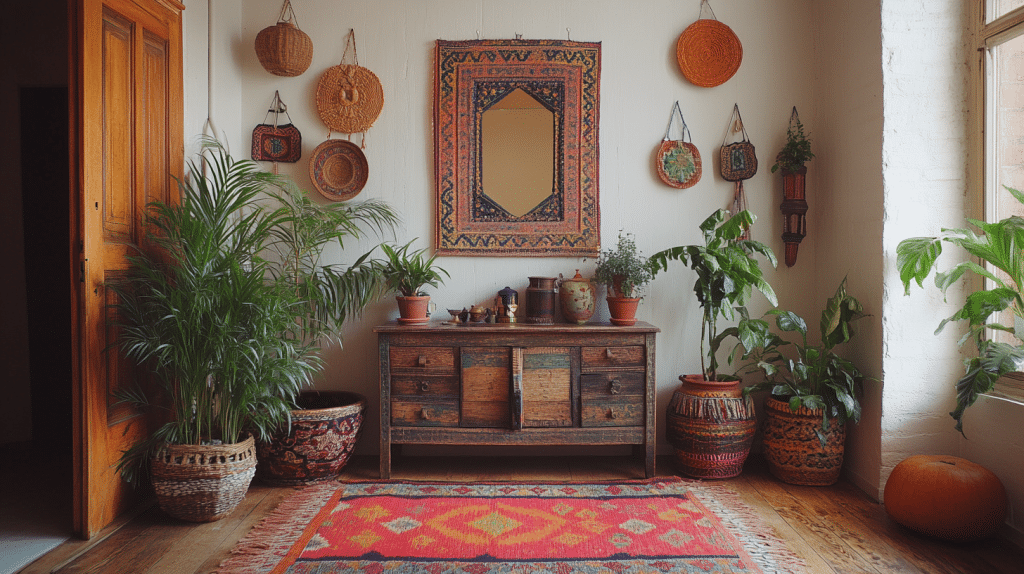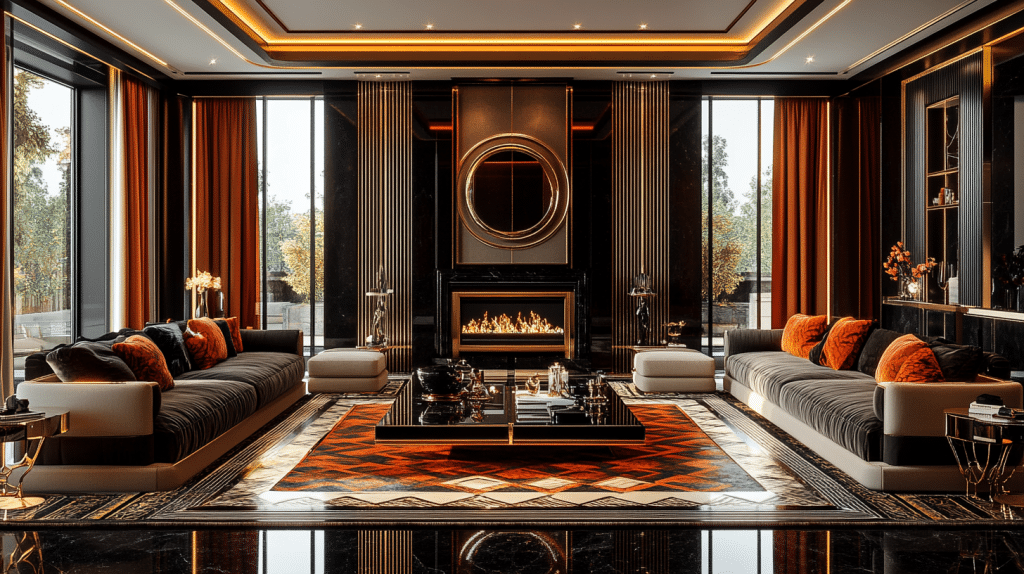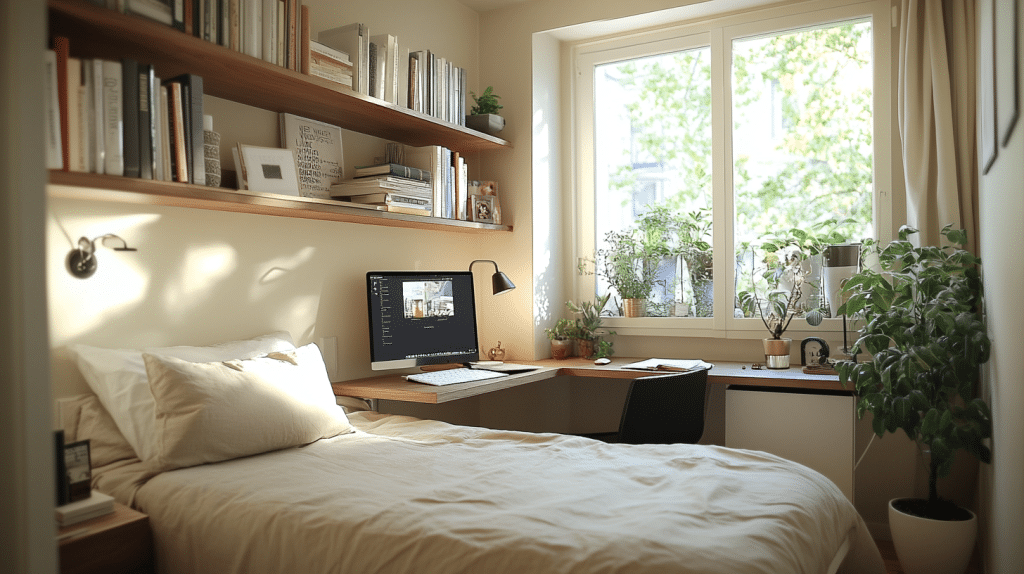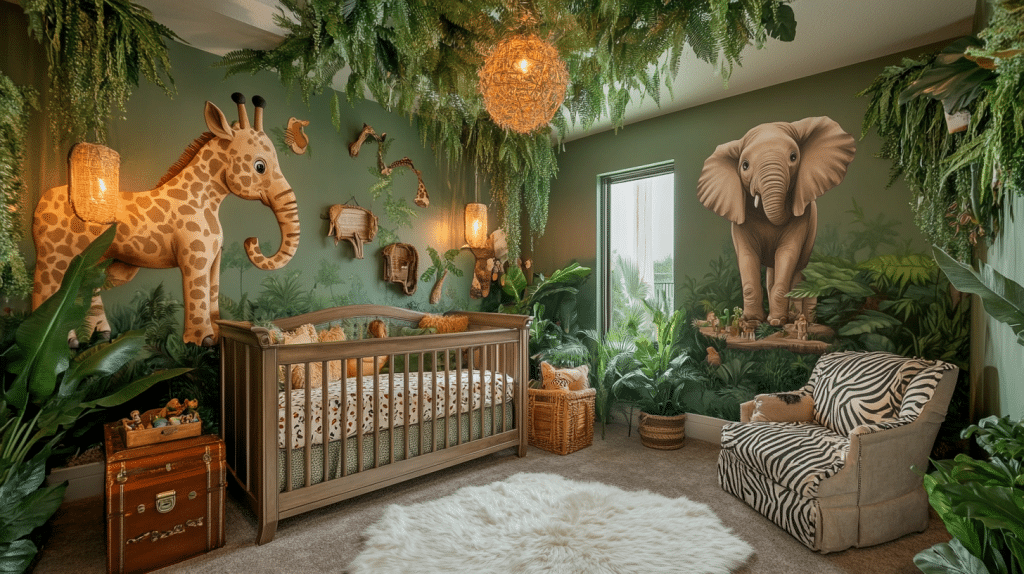What the Heck is Wabi-Sabi Architecture?
Imagine walking into a room that feels like it’s breathed real life. That’s wabi-sabi for ya. It’s not about looking pristine – it’s about looking real.

The Raw Truth About Wabi-Sabi Design
Key Vibes of Wabi-Sabi Architecture:
- Imperfection is the new perfect
- Natural materials rule
- Less is WAY more
- Time leaves its mark – and that’s awesome

Why Normal Buildings Are Boring
Most architects try to make everything look like it just popped out of a plastic mold. Wabi-sabi says: Nah, let’s celebrate the cracks, the wear, the real stuff.
Real-World Examples That’ll Blow Your Mind
- Tea Houses: Tiny spaces that feel like they’ve absorbed centuries of whispered conversations
- Concrete Temples: Where rough surfaces tell more stories than smooth walls ever could
- Ancient Shrines: Buildings that get rebuilt but never lose their soul
Materials That Actually Mean Something
What Wabi-Sabi Loves:
- Rough-hewn wood
- Weathered stone
- Unpolished surfaces
- Earthy colors that look like they’ve been borrowed from a forest floor
The Philosophy Behind the Design
It’s not just about looking cool. Wabi-sabi comes from deep Japanese traditions that say:
- Perfection is overrated
- Beauty is in the natural progression of things
- Everything changes, and that’s beautiful
Modern Architects Getting It Right
Contemporary designers are totally stealing these principles:
- Leaving structural elements exposed
- Using reclaimed materials
- Letting buildings tell their own unique stories
Why You Should Care
Wabi-sabi isn’t just an architectural style. It’s a way of seeing the world that says your scars, your history, your imperfections – they’re what make you interesting.
Pro Tip: Next time you see a building with some character, don’t think “needs repair”. Think “has stories to tell.”
The Bottom Line
Wabi-sabi architecture is like that friend who doesn’t try too hard – comfortable, authentic, and absolutely magnetic.
Quick Takeaway: Perfection is boring. Authenticity is everything.











